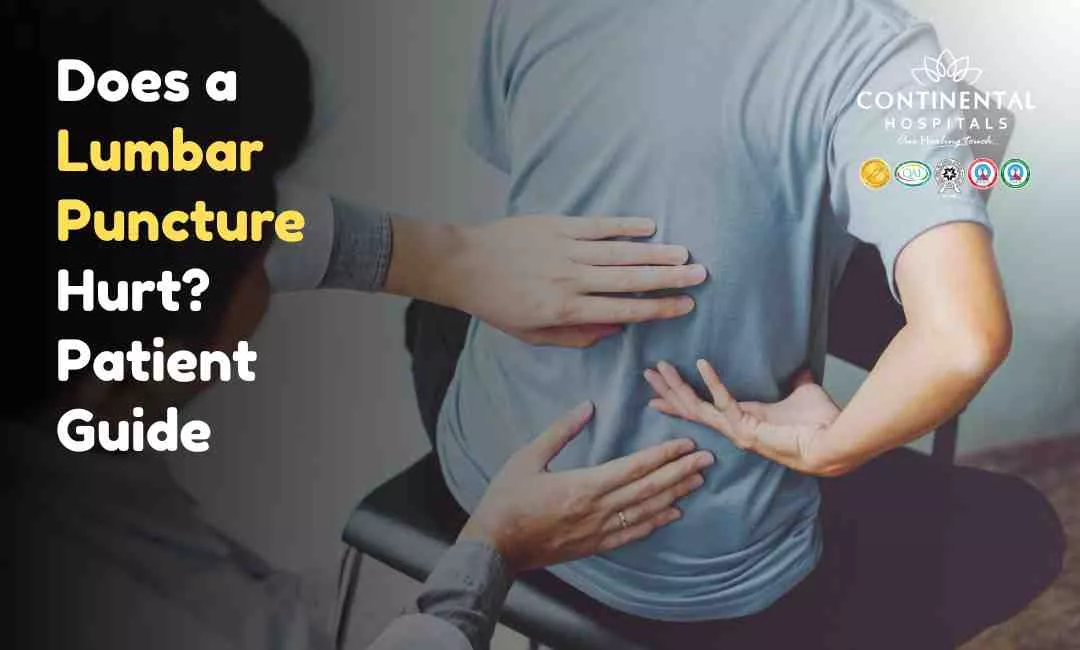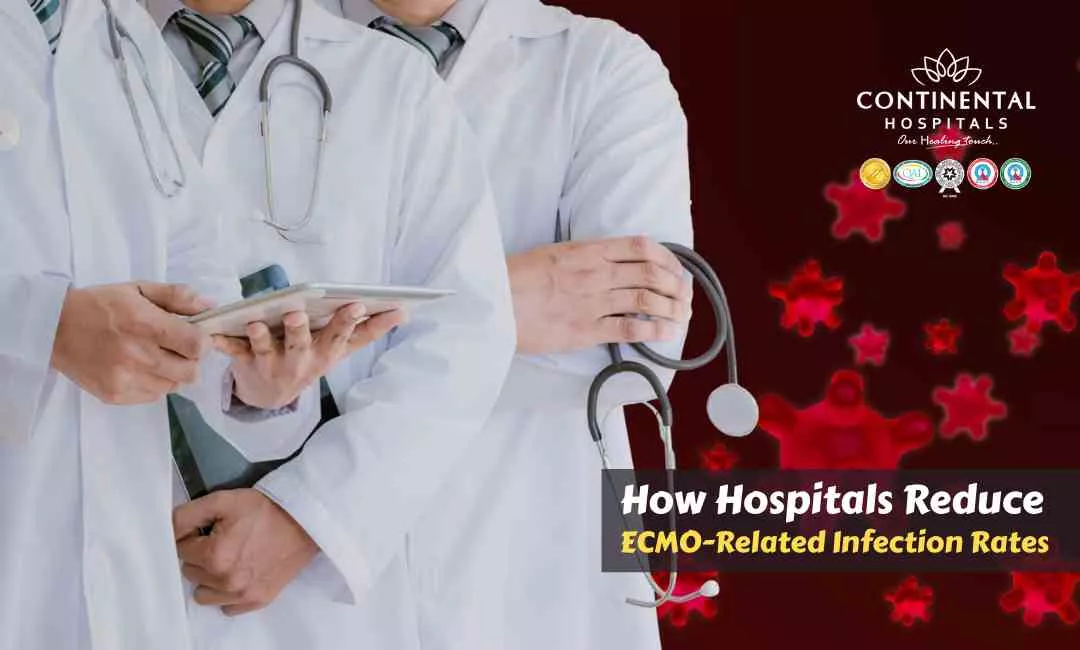Pain in the upper left abdomen, just below the ribs, can be unsettling and often requires understanding its possible causes, recognizing accompanying symptoms, and exploring treatment options available, especially at facilities like Continental Hospitals.
The upper left abdomen, beneath the ribs, houses vital organs such as the stomach, spleen, and part of the pancreas. Discomfort in this area can arise from various conditions, ranging from minor issues like muscle strain to more serious conditions like pancreatitis or spleen problems. Understanding the underlying causes and knowing when to seek medical attention is crucial for timely treatment and relief.
Common Causes of Upper Left Abdominal Pain
Gastric Issues: Conditions affecting the stomach, such as gastritis (inflammation of the stomach lining) or gastric ulcers (sores in the stomach lining), can cause persistent pain in the upper left abdomen.
Splenic Problems: The spleen, located on the left side, can become enlarged due to infections like mononucleosis or trauma, leading to splenic pain (splenomegaly).
🥗 Healthy Plate Challenge
🍽 Add Your Favorite Dish
Pick Your 6 favorite foods, eat, and see the results.Drag & drop foods onto your plate.
Drop Food Here
Pancreatic Conditions: Inflammation of the pancreas (pancreatitis) can cause severe upper abdominal pain that often radiates to the back. This can be triggered by alcohol consumption, gallstones, or other factors.
Gastroesophageal Reflux Disease (GERD): Acid reflux occurs when stomach acid flows back into the esophagus, causing a burning sensation under the ribs and discomfort.
Musculoskeletal Issues: Pain in this region may also stem from muscle strains, rib injuries, or trauma, particularly following intense physical activity.
Symptoms Associated with Upper Left Abdominal Pain
Recognizing the symptoms accompanying upper left abdominal pain is crucial for identifying the underlying cause:
Type of Pain: Describing whether the pain is sharp, dull, constant, or intermittent.
Digestive Symptoms: Nausea, vomiting, changes in bowel habits (diarrhea or constipation), or loss of appetite.
Systemic Symptoms: Fever, chills, or unintentional weight loss.
When to Seek Medical Help
Certain symptoms accompanying upper left abdominal pain necessitate immediate medical attention:
Severe Pain: Intense or persistent pain that interferes with daily activities.
Fever: Particularly if it is high-grade and persistent.
Vomiting: Especially if it is severe or accompanied by blood.
Difficulty Breathing: This can indicate a serious underlying condition that requires prompt evaluation.
Diagnosis and Treatment Options
Upon seeking medical assistance, the following steps are typically involved in diagnosing and treating upper left abdominal pain:
Physical Examination: Your healthcare provider will conduct a thorough physical examination, focusing on the abdomen and reviewing your medical history.
Imaging Tests: These may include ultrasound, CT scan, or MRI to visualize the organs in the abdomen and identify any abnormalities.
Blood Tests: These can help detect signs of infection, inflammation, or other conditions affecting the organs in the upper abdomen.
Treatment Approaches
Treatment for upper left abdominal pain varies depending on the underlying cause:
Medications: Antacids or proton pump inhibitors (PPIs) for GERD, antibiotics for infections, pain relievers for musculoskeletal issues, or medications to manage pancreatitis or splenic disorders.
Lifestyle Changes: Dietary modifications, such as avoiding spicy or acidic foods, reducing alcohol intake, and managing stress to alleviate symptoms.
Surgical Interventions: In severe cases, surgical procedures may be necessary, such as removing the gallbladder for gallstones or repairing hernias that cause pain.
Continental Hospitals: Advanced Care and Treatment Options
At Continental Hospitals, comprehensive care for upper left abdominal pain includes:
Expert Specialists: Board-certified gastroenterologists, surgeons, and other specialists who provide personalized care.
Advanced Diagnostic Tools: State-of-the-art imaging facilities, including ultrasound, CT, and MRI scans, to accurately diagnose conditions affecting the upper abdomen.
Tailored Treatment Plans: Individualized treatment strategies designed to address the specific needs of each patient, ensuring optimal outcomes and long-term relief.
Conclusion
Understanding the potential causes, symptoms, and treatment options for upper left abdominal pain under the ribs is essential for making informed decisions about your health. Whether the pain is mild and intermittent or severe and persistent, seeking timely medical evaluation is crucial for identifying the underlying cause and implementing appropriate treatment measures. By partnering with healthcare professionals at Continental Hospitals, individuals can receive expert care and support tailored to their unique needs, ensuring a comprehensive approach to managing upper left abdominal pain effectively.
Consult with our best gastroenterologists to accurately diagnose the cause of upper left abdominal pain and receive a tailored treatment plan for your specific condition.
Related Blogs:
.webp)














